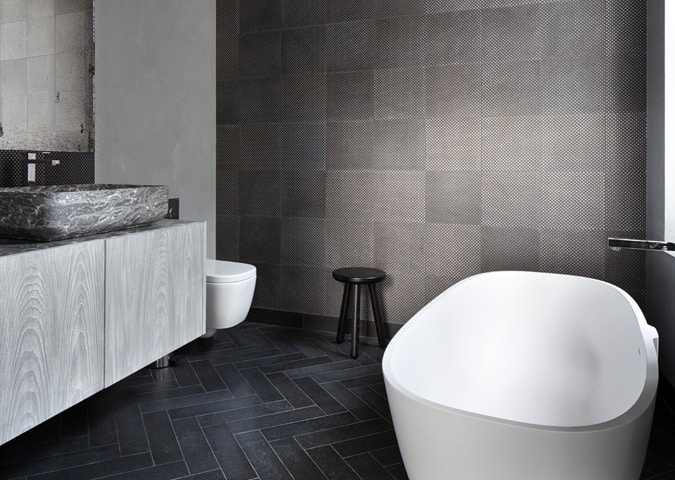BLOG
INTERESTING STUFF
THAT CAUGHT OUR EYE
Want Your Build to be a Success? Communication is Key

If I was to pick just one thing that’s essential to a successful project, it’s communication. This is true from the very beginning, with the client communicating their desires to the architect, the architect confirming the brief then developing the design for planning departments and contractors.
If I was to pick just one thing that’s essential to a successful project, it’s communication. This is true from the very beginning, with the client communicating their desires to the architect, the architect confirming the brief then developing the design for planning departments and contractors.
Open client communication goes both ways. The client states his or her aspirations and in return we explain to them the realities of their choices, so that they’re making informed decisions. There may be a particular material or feature that the client desires from a magazine or a friend’s house, but they might not be as fond of it after understanding its cost and impracticality.
Our role as architects is to look at alternatives and develop the design to achieve the client’s wish as close as possible if their exact requirement is not achievable. For the design to successfully fulfil the client’s brief, it is important that they act with complete understanding of the consequences of their choices and explore available alternatives. Changes made during the construction phase often cause delays and extra cost.
As the tender process nears completion, we discuss the intricacies of the design with the contractor to close out any residual details and ensure buildability. These discussions are important to ensure the builder buys into the design, has empathy with the project, details are closed out and, if required, value engineering is explored to achieve the required budget.
The contractor then develops a programme of works and a procurement schedule. These will allow all parties to understand the intended construction route and when final decisions/choices need to be made, allowing a smooth process on site.
This is particularly important in high end residential projects, where some of the materials are rare, unusual, have very long delivery times or exceptional tolerances are required. For example, it takes five months or more to have a bespoke lift delivered. As the structure is being formed, the contractors have to make sure the shaft exactly matches the specifications the manufacturers require. If there’s an error in communication between the two, the lift car will not fit and severe delays and costs will follow.
In a recent project our client wanted handmade tiles from Morocco, beautiful and unique, but with their own set of challenges. Not only did we have to account for a long delivery time, but we also had to account for the extra time and effort required to fit them correctly while allowing for potential breakages during transport and cutting on site. They all came in odd sizes and thicknesses ranging from 10 to 15 mm, so it took extra care and attention to achieve the expected quality and finish.
If we hadn’t accounted for that extra time and effort, the construction process would have faltered, causing increased pressure on the completion date.
Communication had to continue throughout the project, with everyone knowing what deadlines they were working to and when they needed to provide information or make decisions – including the client – to ensure the contract programme was maintained. When an error occurs in the construction process, it’s usually because someone didn’t know when they were supposed to do something. Early, clear communication mitigates such problems.
Part of my role is to keep track of and monitor schedules so that the builder has clarity of what is required, quality levels are achieved and the programme is maintained. A smooth construction process reassures the client and stress levels are minimised for everyone involved. Detail is important to achieve quality of finish but it is also necessary to view the project holistically to ensure goals of budget, time and quality are maintained.
Solutions come from many differences sources. I involve everyone participating in a project as much as possible to source solutions that resolve design problems. The construction process is very much a team process – by involving all disciplines, the most efficient solution is rapidly achieved. At DGA we work with some of the best contractors in the country, providing a wealth of experience and knowledge to assist in this process.
Communication, from the initial brief all the way to final handover, allows everyone to contribute their skills and deliver a successful project.
Project Manager
